Grease Trap Cleaning Services
Grease trap cleanings are essential for maintaining proper kitchen operations and preventing costly plumbing issues. Regular cleaning ensures that fats, oils, and grease do not accumulate to problematic levels, which can cause blockages and foul odors. The optimal timing for cleanings depends on factors such as the size of the trap, volume of kitchen activity, and local regulations. Typically, cleaning intervals range from monthly to quarterly, but high-volume establishments may require more frequent service.
High-traffic kitchens should schedule grease trap cleanings monthly, while lower-volume operations may extend to quarterly cleanings.
Foul odors, slow drainage, or standing water are common signs that a grease trap requires immediate attention.
Delaying cleanings can lead to blockages, backups, and increased maintenance costs.
Many jurisdictions mandate specific cleaning schedules to prevent environmental contamination.

Specialized tools ensure thorough cleaning and removal of fats, oils, and grease.
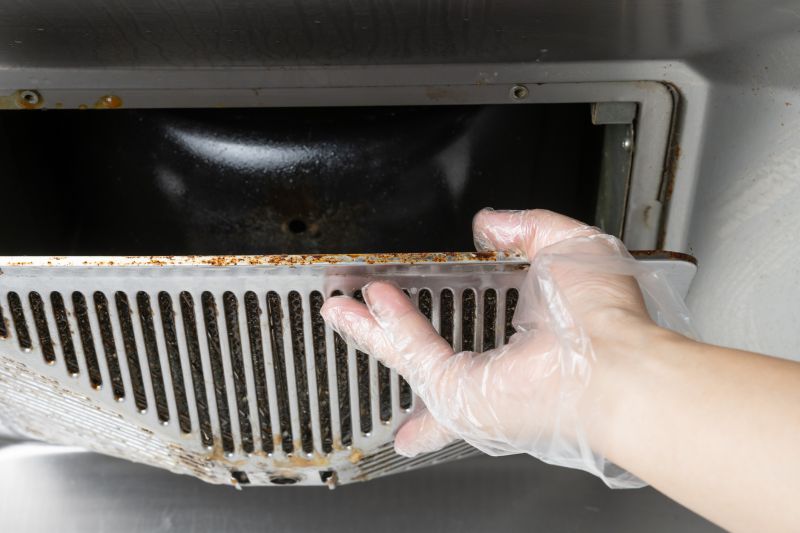
Professional cleaning involves pumping, scraping, and disinfecting the trap for optimal performance.
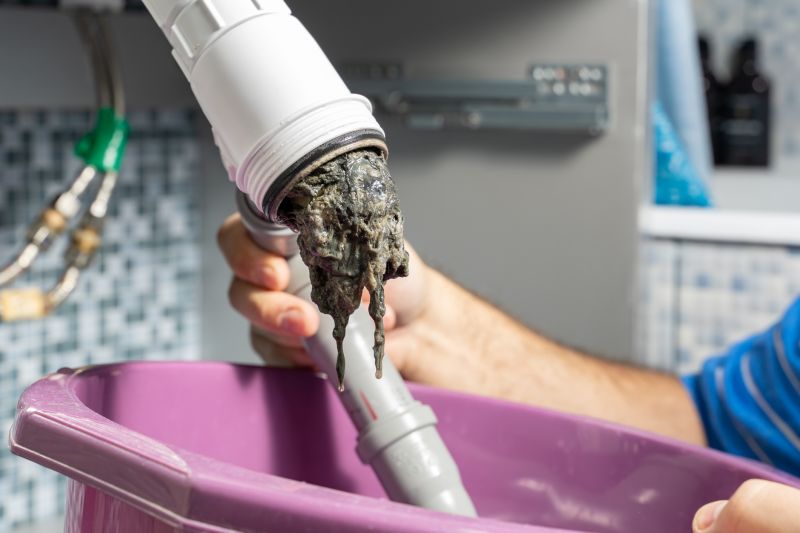
Adhering to a regular schedule minimizes environmental impact and operational disruptions.

Ways to make Grease Trap Cleanings work in tight or awkward layouts.
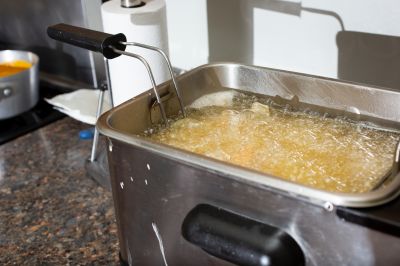
Popular materials for Grease Trap Cleanings and why they hold up over time.

Simple add-ons that improve Grease Trap Cleanings without blowing the budget.
| Usage Level | Recommended Cleaning Frequency |
|---|---|
| High-volume restaurants | Monthly |
| Medium-volume kitchens | Every 2-3 months |
| Low-volume food service | Quarterly |
| Cafeterias and schools | Every 2-3 months |
| Industrial kitchens | Monthly or as needed |
| Catering services | Monthly |
| Small cafes | Every 3-4 months |
Proper scheduling of grease trap cleanings is vital for preventing plumbing issues and maintaining compliance with local regulations. Frequent inspections can help identify early signs of buildup, allowing for timely interventions. Establishing a routine cleaning schedule tailored to the specific needs of the operation can significantly reduce operational costs and environmental impacts.
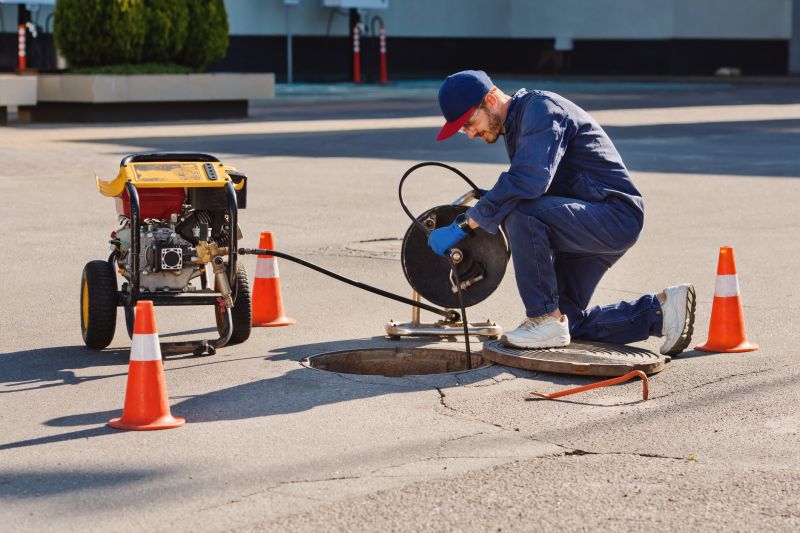
Advanced tools ensure effective removal of grease and debris.

A well-maintained trap prevents odors and blockages.

Regular inspections help maintain optimal operation.
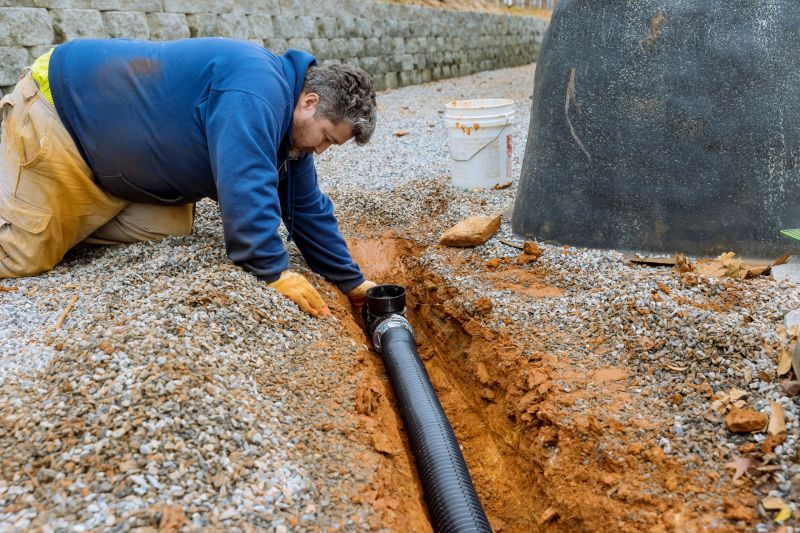
Properly cleaned systems reduce the risk of backups.
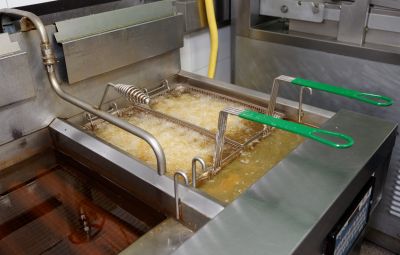
High-end options that actually feel worth it for Grease Trap Cleanings.

Finishes and colors that play nicely with Grease Trap Cleanings.
Interested in scheduling a grease trap cleaning or learning more about maintenance options? Filling out the contact form can provide tailored information to meet specific operational needs and ensure compliance with all relevant standards.
